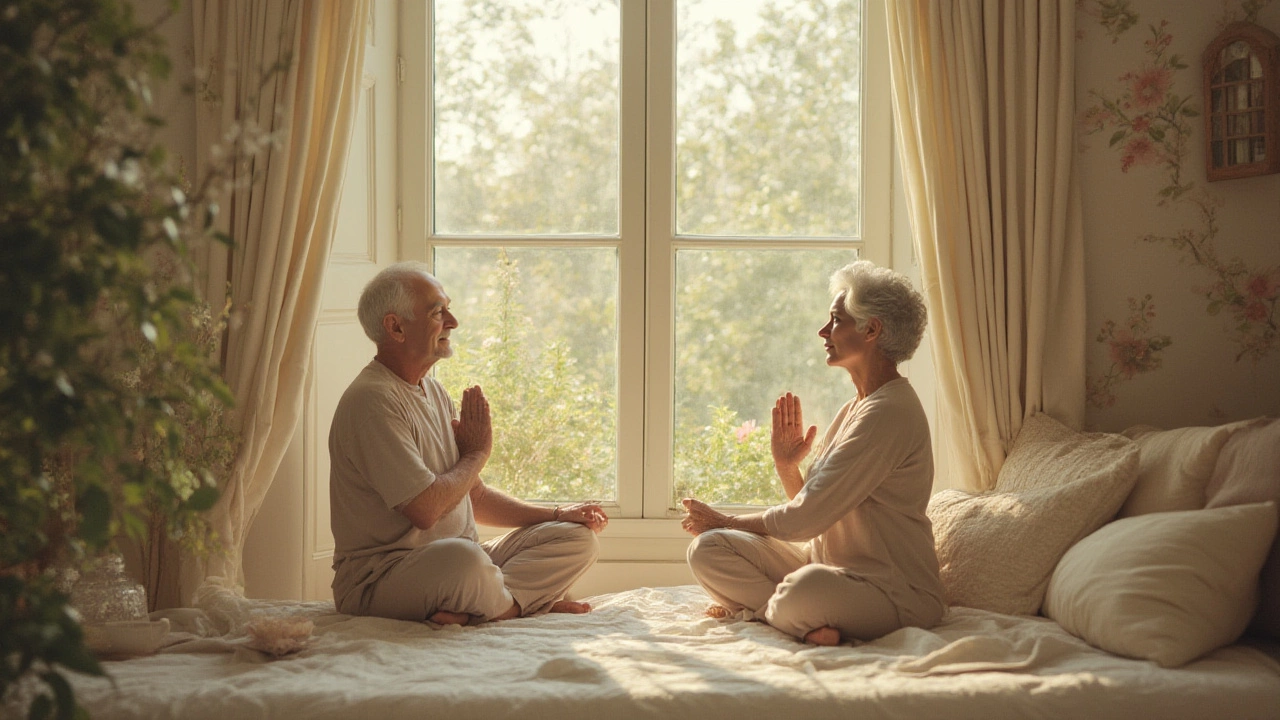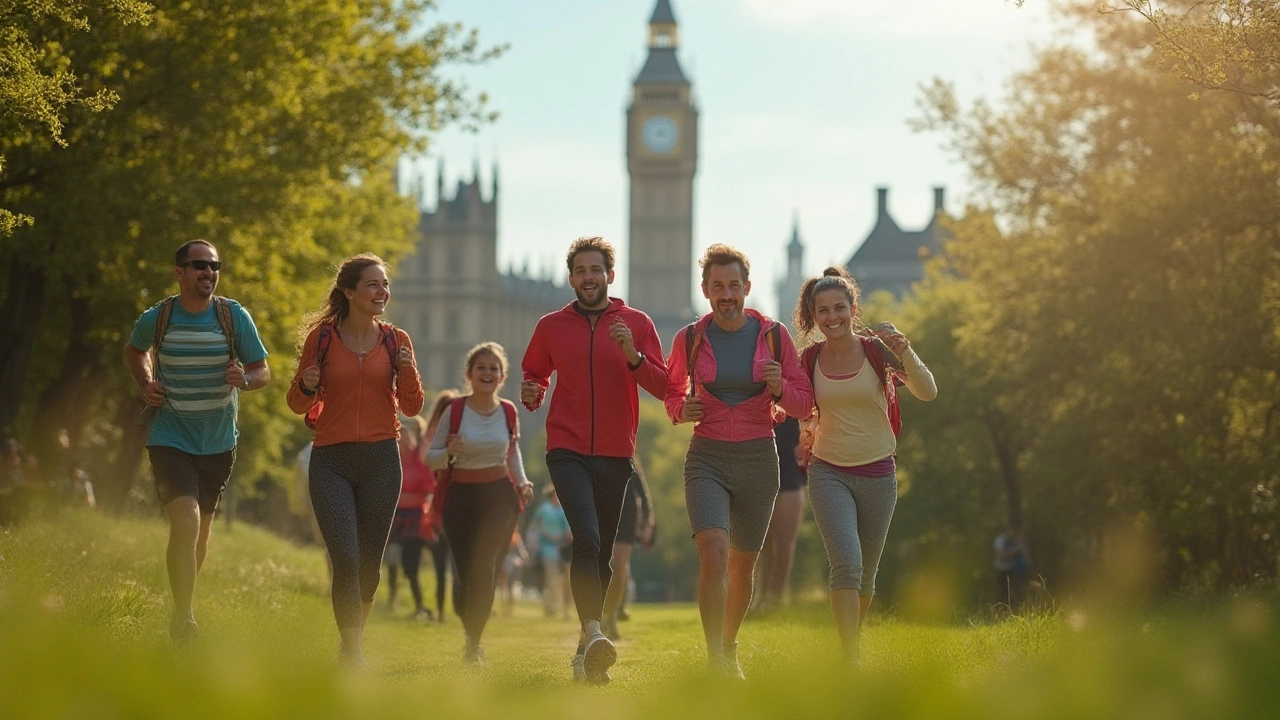What if the best weapon against aging isn’t found at a fancy beauty counter or in some pricey serum? The world spends billions every year in the race against time, but the real secret sits quietly in plain sight. Ask dermatologists, nutritionists, and even folks who seem to age backward, and there’s one thing they agree on: nothing beats the power of daily sun protection. That doesn’t sound nearly as exciting as a miracle face cream, but protecting your skin from ultraviolet (UV) rays is the closest thing we have to a magic anti-aging pill. It’s not opinion—it’s backed by decades of research, startling statistics, and the hidden wisdom of people who honestly look younger than their years. I used to worship the sun when I was younger—now, like my cat Whiskers avoiding puddles, I duck for shade. And honestly, my future skin thanks me.
The Science: Sun Exposure and Skin Aging
Let’s get real—wrinkles, dark spots, and saggy skin aren’t just ‘part of getting older.’ Turns out, about 80% of visible signs of skin aging are caused by accumulated UV exposure, according to a French study published in “Clinical, Cosmetic and Investigational Dermatology” in 2013. That’s an eye-opening number. Think about how often people chase expensive potions while forgetting the root cause staring down at us from the sky.
How does sunlight age your skin exactly? UVA rays, which penetrate windows and clouds, go deep into the dermis, breaking down collagen and elastin—the stuff that keeps skin bouncy and smooth. UVB rays are sneakier; they burn the surface, leading to uneven tone and even DNA changes that cause both aging and skin cancer. Even in your car or inside your home, the sun is aging you. One oft-cited fact: truck drivers in a 2012 study published in the “New England Journal of Medicine” had more wrinkles and droopy skin on the side of their face closest to the window. That’s not a coincidence—daily, low-level exposure adds up, even if you never set foot on a beach.
What about the SPF in makeup or moisturizers? It helps, but most folks don’t apply enough to get full protection. Dermatologists recommend a teaspoon of sunscreen for your face and a shot glass amount (roughly two tablespoons) for your body—every day, rain or shine. And don’t forget your ears, neck, and the backs of your hands, which always give away someone’s true age. Here’s the real kicker: UV rays trigger pathways in the skin that lead to age spots and loss of firmness—even before you see any redness. If you’re still skeptical, take a look at anyone who made weekly tanning part of their youth, and compare them with someone who started SPF 30+ before age 20—the difference is wild.
| Risk Factor | Percentage of Aging Signs |
|---|---|
| Unprotected UV Exposure | 80% |
| Smoking | 10% |
| Poor Diet | 5% |
| Lack of Sleep | 3% |
| Other Factors | 2% |
It’s so easy to forget. I used to throw on SPF on beach days only, but as I learned, UV rays are relentless—even on cloudy days and winter walks. Now, my routine is the same as brushing my teeth, and my friends who skipped sunscreen are now looking for lasers and fillers. Prevention is less flashy but so much easier in the long run.

Treating Your Skin from the Inside Out
Okay, let’s talk about the next layer—because anti-aging isn’t just about a sunscreen bottle. It’s a whole approach that covers what you put inside your body, too. Protecting from the outside is crucial, but what you eat and drink shows up in your face. For starters, hydration isn’t a myth. Water plumps the skin, keeping it dewy and resilient, and helps flush out cellular waste. Most people walk around dehydrated, which leaves their skin looking older than it is. I set a phone reminder to chug a glass midday—and it’s wild how much that helps with energy and glow.
Then, there’s food. Antioxidant-rich diets full of vibrantly colored fruits and vegetables actually buffer the skin from everyday sun exposure and pollution. A 2012 study in the “American Journal of Clinical Nutrition” found that folks who ate more beta-carotene-rich foods (think sweet potatoes, spinach, mangoes) had fewer wrinkles, even when exposed to the same sun as their peers. Omega-3s from salmon, walnuts, and flaxseed also strengthen the skin’s barrier—so the good stuff stays in, and the bad stuff stays out. Fast foods and sugar, on the other hand, drive up inflammation and can make skin age faster—so the occasional treat is fine, but don’t let it be the norm.
Here are a few simple swaps that make a big difference:
- Swap sugary drinks for green tea—it feeds your body skin-loving polyphenols and catechins that actually slow cellular aging.
- Add avocados to salads for vitamin E and healthy fats—both shield the skin from environmental stress.
- Eat berries nearly daily—blueberries, raspberries, and blackberries load you up with potent antioxidants that help the skin repair itself.
- Try a handful of nuts such as almonds or walnuts—packed with biotin and vitamin E that keep skin smooth and nails strong.
- Limit high-sodium snacks; salt can make puffiness and under-eye circles worse, aging your look.
Beyond the kitchen, sleep is a non-negotiable step on the anti-aging train. Our skin repairs itself at night. Skimp on rest and you’ll see instant dullness, puffy eyes, and fine lines. Aim for at least 7–8 hours and try to wind down devices before bed. Even my cat, Whiskers, knows not to mess with my nighttime wind-down—he finds his own patch of soft blanket and clocks out early, setting a solid example.
Mental stress can age you, too—cortisol, our stress hormone, breaks down collagen and speeds up visible aging, especially in the face. Mindfulness, yoga, and walks in nature (with sunscreen!) aren’t just trendy—they’re scientific age-reversers. The less stressed you feel, the younger your skin behaves. Add daily movement, even if it’s just a dog walk or a few squats in the living room, and you kick up circulation, boosting fresh nutrients to every skin cell.
And skincare? Simplicity works best. Gentle cleansers, hydrating serums with hyaluronic acid, and a broad-spectrum SPF should form the core of any anti-aging routine. Retinoids (like prescription tretinoin or over-the-counter retinol) have solid science for boosting collagen production and speeding up skin renewal. Just start slow—these can be irritating at first, so once or twice a week is fine until your skin adjusts. Vitamin C serums protect against everyday sun and pollution and brighten your look. No need to fill your bathroom with endless jars—these basics cover 90% of what aging skin needs. Ignore the never-ending parade of hyped inventions that come and go.

Forever Young: Sustainable Anti-Aging Habits You Can Start Today
Most people get tripped up by thinking there’s a ‘hack’ to anti-aging. The truth is boring but effective: daily habits add up. Skipping sunscreen once doesn’t tank your skin—but 200 ‘skips’ a year over a decade? Yikes. The same is true of eating habits, sleep, stress, and even your environment. Secondhand smoke, for instance, drastically increases skin wrinkles; air pollution in cities does its own damage. The trick is to stack good choices together, not shoot for perfection.
If you want to see what works, look to places with true longevity—think Okinawa, Japan, or Sardinia, Italy. Studies of these regions, called Blue Zones, show a blend of outdoor time (with hats and shade!), lots of vegetables, low sugar intake, daily community, and low chronic stress. A 2020 paper in “Nature Aging” found that people living in Blue Zones routinely look younger and report fewer chronic diseases. Social engagement reduces stress and keeps folks moving—two hidden keys for staying young inside and out.
Don’t forget movement. Exercise ramps up blood flow, carrying oxygen and nutrients to your skin while flushing out toxins. This speeds up turnover, so you get that sought-after glow. It’s not necessary to run marathons; a brisk walk, yoga, even gardening does the trick.
For those who want a practical anti-aging blueprint, here’s a daily checklist:
- Apply broad-spectrum SPF 30+ every morning, even if you’re inside most of the day.
- Eat at least five servings of colorful fruits and vegetables.
- Drink water throughout the day—get up for a refill if you’ve sat too long.
- Move your body for 30 minutes—doesn’t matter if it’s dancing or walking the dog.
- Wind down an hour before bed, keep lights dim, and devices away.
- Practice gratitude or mindfulness—even scribbling a thought in a notebook works.
Tech can actually help you here. Devices exist that measure UV in your environment and beep when you need to reapply sunscreen. Some smart mirrors track skin changes over months, giving you honest feedback if you slip on the basics. If you want to go next level, consider talking with a board-certified dermatologist—not a social media influencer—about prescription options for turning back the clock, but never skip the mundane habits first.
Sure, genetics play a role, but your behavior has a much bigger say. Even people genetically prone to wrinkling can slow aging if they stick with smart habits, and vice versa. As far as anti-aging goes, prevention gives the most dramatic results—and it rarely comes in a bottle. Those who start daily sun protection in their teens and twenties tend to look a decade younger by forty, and it’s never too late to start. One dermatologist I know jokes that sunscreen is the most cost-effective "facelift" on earth. She’s not wrong.
Ultimately, if you remember anything from all the confusing products and viral trends, know that small, daily habits—anchored by sunscreen—shape how you age. Your skin, your body, and even your brain will thank you later. And hey, if you set your sun hat near your morning coffee, even Whiskers will approve.

